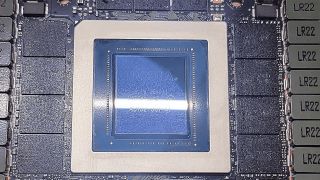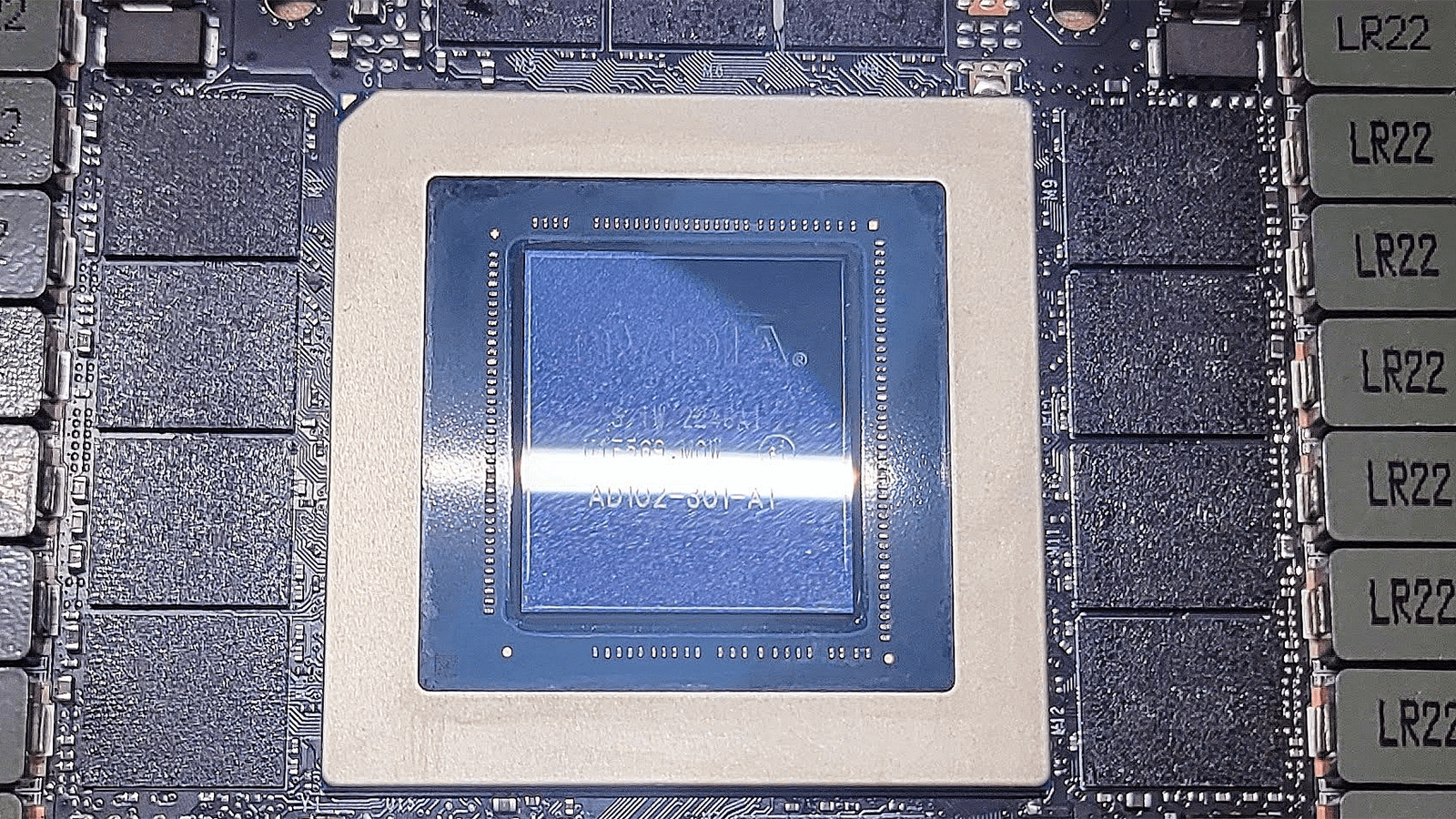
Nvidia Quietly Rolls Out GeForce RTX 4090 With New Die

Nvidia has quietly started using a new version of its AD102 graphics processing unit for its GeForce RTX 4090 Founders Edition graphics cards, according to a Reddit post (via VideoCardz). The new version is marked as the AD102-301, and it is believed that it will have a minor impact on the bill-of-materials costs of the graphics boards, though the information is unofficial.
“I received one of the new batches of the [GeForce RTX 4090] Founders Edition Cards and discovered it is a new production GPU die AD102-301-A1,” wrote cavitysearch123 in a Reddit post. “[The] board also has a new designation 16F4. There is no news about this, only [GeForce RTX] 4080-series receiving a new [AD103-301] revision.”
One of the reasons why the Reddit user started to research which GPU version and revision they have is because the AD102-301 comes with a limited maximum voltage of 1.070V, whereas the AD102-300 supports a maximum voltage of 1.1V. While the difference does not seem to be significant from a regular user point of view, it is important from overclocking perspective. Yet, the user managed to push his GPU all the way to 3 GHz with liquid cooling, which makes the GeForce RTX 4090 — which is the best graphics card available today — even faster.
“I can get 3015mhz stable at 1.070V, but having the extra headroom is always welcome for stability,” the user said. “Although I am not sure in the stock configuration, this is under a waterblock. I would guess worse performance [with stock cooling] since temperatures would be higher.”
Since the printed circuit board of this AD102-301-based GeForce RTX 4090 FE card has a different ID than a PCB of an AD102-300-powered RTX 4090 FE product, it is impossible to flash it with the original firmware with higher maximum voltage.
Earlier this year Nvidia quietly started to use AD103-301 and AD104-251 chips in graphics processors for GeForce RTX 4080 and GeForce RTX 4070 add-in-boards, respectively. As reported, these GPUs integrate a comparator that ensures that fans rotate at the right speed by comparing the fans’ PWM signal with actual values. Previous configurations — AD103-300 and AD104-250 — had their comparator circuit disabled and this required makers of actual graphics cards to add a comparator circuit to their cards.
The difference between the AD102-300 and AD102-301 is unknown, but if the latter integrates the aforementioned circuitry, this will have an impact on GeForce RTX 4090 BOM cost. Meanwhile, keeping in mind that Nvidia’s GeForce RTX 4090 Founders Edition starts at $1,599, a slightly lower BOM would hardly have any impact on its retail price. Yet, if the change between the AD102-300 and AD102-301 is not a working comparator but rather something else, then we could only guess how this impacts the performance or costs of GeForce RTX 4090 boards.


